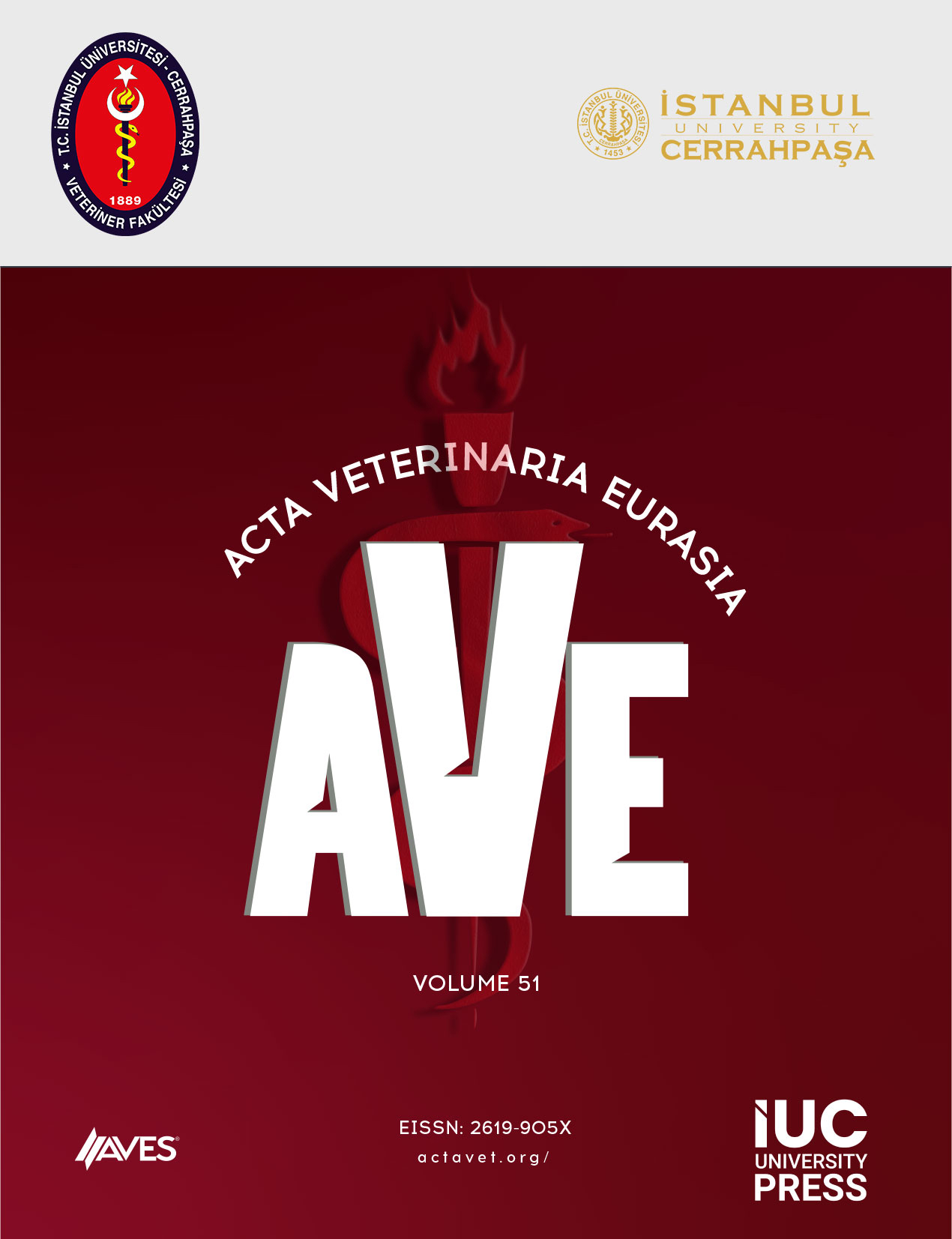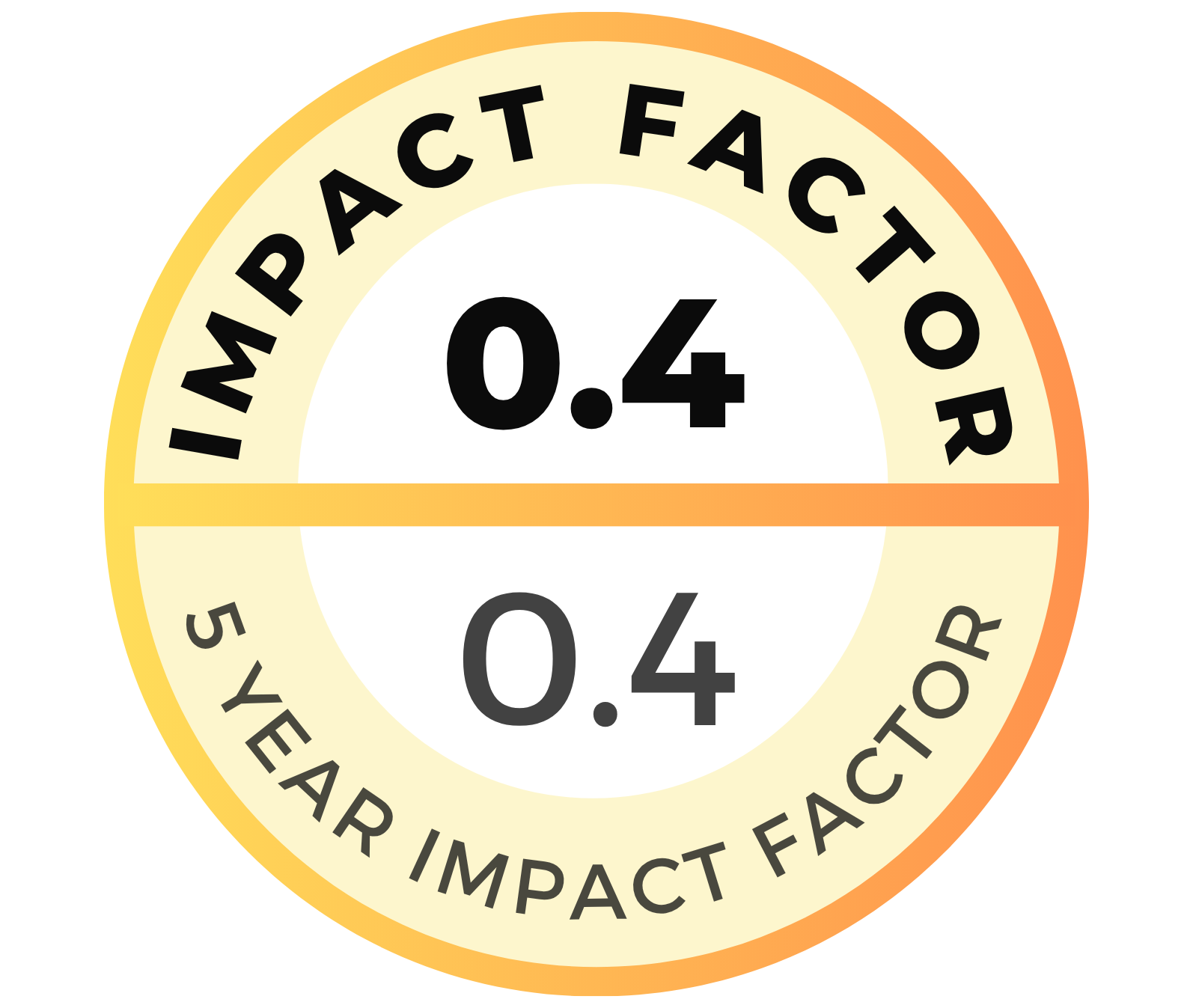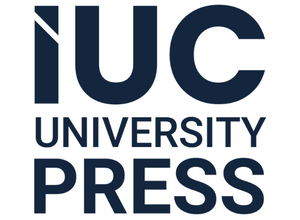Oxidative stress index levels may be used to determine redox balance and oxidative damage of any systemic disease in animals. Feline coronaviruses are large, enveloped, single-stranded RNA viruses that have a wide range of disease forms, from enteric disease to feline infectious peritonitis. In this study, it was aimed to investigate the redox balance, determine the oxidative stress index, and evaluate the antioxidant supplementation in Feline coronavirus–seropositive cats. A total of 60 cats from different breeds, ages, and genders were classified into two groups based on the rapid feline coronavirus Ab test kit (Bionote®, Anigen, Rapid FCoV Ab) results as the Feline coronavirus–seropositive group (n=41) and the Feline coronavirus– seronegative group (n=19). The free radicals determination system was used to measure the reactive oxygen species value (D-Roms test, Diacron; GROMSseto, Italy), and potential antioxidant was measured using the Oxi-adsorbent test (Diacron, Grosseto, Italy). The oxidative stress index was calculated as reactive oxygen species/potential antioxidant. The mean reactive oxygen species value in Feline coronavirus–seropositive cats was not significantly different compared to Feline coronavirus–seronegative cats (p >.05). However, the mean potential antioxidant and oxidative stress index values were significantly higher in the Feline coronavirus–seronegative group compared to the Feline coronavirus–seropositive group (p < .001). This study showed that higher oxidative stress index values were observed in Feline coronavirus–seropositive cats compared to healthy seronegative cats. Antioxidant supplementation may be useful in asymptomatic or mildly affected Feline coronavirus carrier cats.
Cite this article as: Bilgiç, B., Moscati, L., Dokuzeylül, B., Kayar, A., Marenzoni, M. L., & Or, ME. (2025). Redox balance in feline coronavirus–seropositive cats. Acta Veterinaria Eurasia, 51, 0074, doi:10.5152/actavet.2025.25074.





.png)